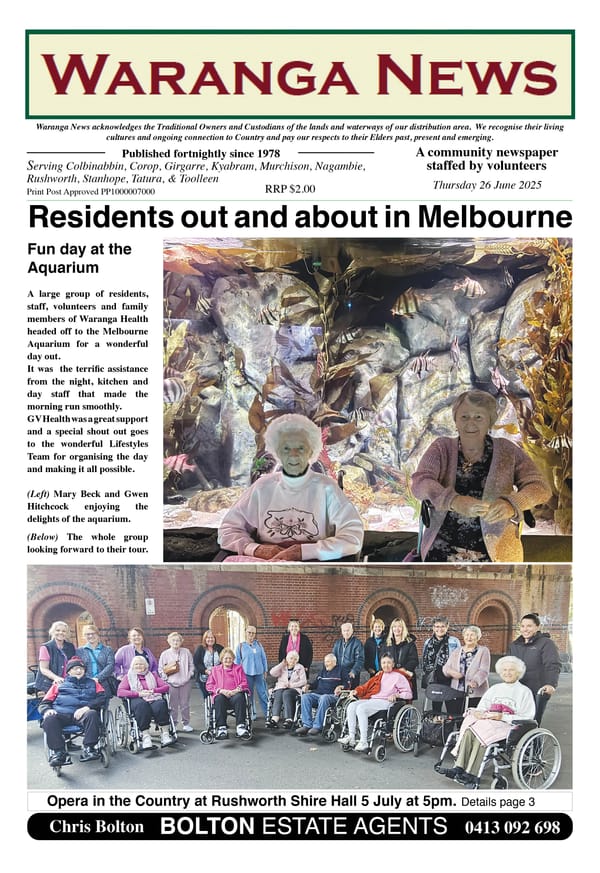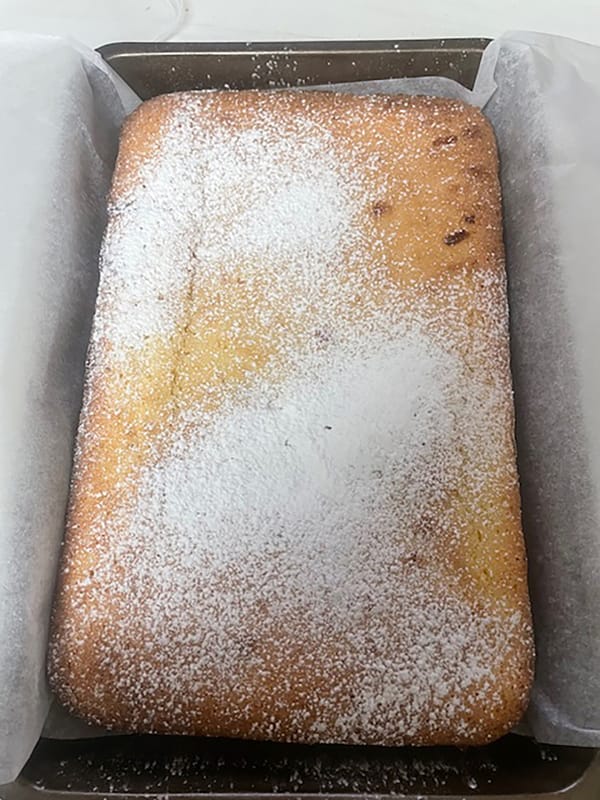28. A lucky escape

Calvin Chong, one of the sons of “Tommy” and Emma Ah Chong of Moora who were mentioned in an earlier story, was lucky to survive an incident that took place on New Year’s Day, 1888. It was every parent’s worst nightmare scenario. As a four-year-old, Calvin had wandered away from home and got lost in the bush, which was full of old mineshafts. The family were out desperately searching for him.
Fortunately for him and his parents and siblings, a Mr Mullaney and friends from Rushworth were having a horse and gig drive through the bush west of Rushworth. “They were horrified to see what appeared to be the dead body of a child lying on an ant-hill and covered with ants.”1 Calvin had walked about four miles (6.5 km) from home before he collapsed, exhausted.
“One of the (Mullaney) party jumped out and recovered what were at first thought to be the remains, but was delighted to find the little fellow was not dead. He was stripped of his clothing, and the ants brushed off him, and Mr Mullaney and his friends then drove the child to a splitter’s hut in the vicinity, to make inquiries.”1 Soon after, there was a joyful reunion with family.
THE LIFE OF CALVIN
Calvin went on to live a long and productive life, dying as a 76-year-old bachelor in 1962 and being buried in the Rushworth cemetery. All of the Chong children were given European names. Although he was christened Calvin, he was better known as “Tommy”, the same moniker that had been adopted by his father. This may have been because he followed in his father’s footsteps as a market gardener at Moora.
When Ah Chong died in 1911, some of the family went over to Western Australia while Calvin and his brother Alfred continued growing vegetables at Moora. During World War 1, they donated vegetables as part of community fundraisers to provide support to such things as the soldiers’ “comfort fund” and the French Red Cross.2 Calvin lived in Stanhope in the 1930s and ‘40s, continuing to pursue his career as a gardener until he retired into Rushworth, while Alfred worked as a wood cutter in the Rushworth forest.
THE MATRIARCH
After a brief sojourn in Western Australia, Emma came back to Victoria. In May 1914, she was thrown from a gig and broke her wrist.3 Accidents involving horse-drawn vehicles were common at the time. But Emma was made of tough stuff. Her father was a miner who seemed to be constantly on the move in the latter part of the 19th century. After Emma was born in Dunolly, the family moved through a succession of other mining towns – Ararat, Inglewood, Tarnagulla, Raywood, Kangaroo Flat and Sandhurst, before turning up in Whroo in the mid-1870s.
It would have caused something of a sensation in the local area when the teenage Emma married a Chinese gentleman more than twice her age. They probably experienced their fair share of racial discrimination as they started and raised their family. Some of the children went to the Moora South State School, with two of the boys serving in World War 1. More about them in a later story.
TO WESTERN AUSTRALIA
Emma spent the last part of her life living in Western Australia. She died in Perth in 1947 at the grand old age of 90 and is buried in the Anglican section of Karrakatta Cemetery. It is unclear whether she had any relatives living in Perth at the time. She had survived her Chinese husband “Tommy” Ah Chong by 36 years.
Following in her mother Elizabeth’s footsteps, who had 12 children over a 20-year period, Emma had 7 or 8 children of her own. The first two children, her only girls, sadly died in infancy. Then she lost her husband and son Walter in 1911. Despite those setbacks over the years, Emma survived as the matriarch of the extended Chong family.
Sources: 1 Ovens and Murray Advertiser 7.1.1888; 2 Murchison Advertiser, sundry dates; 3 Murchison Advertiser 22.5.1914; Other sources – Ancestry, NAA, AWM, WA BD&M and Trove websites



